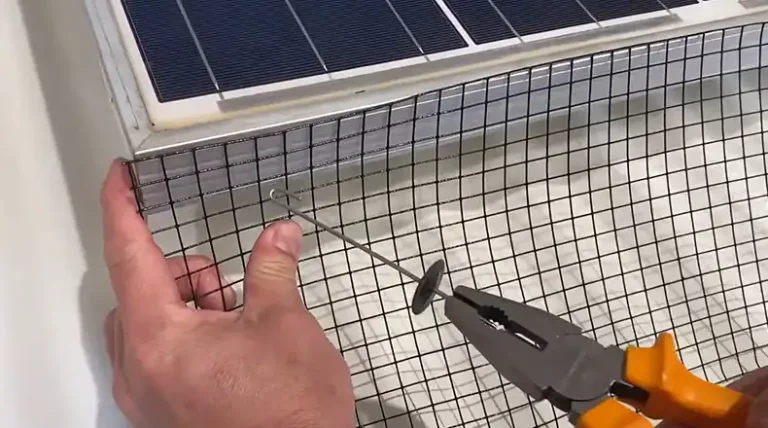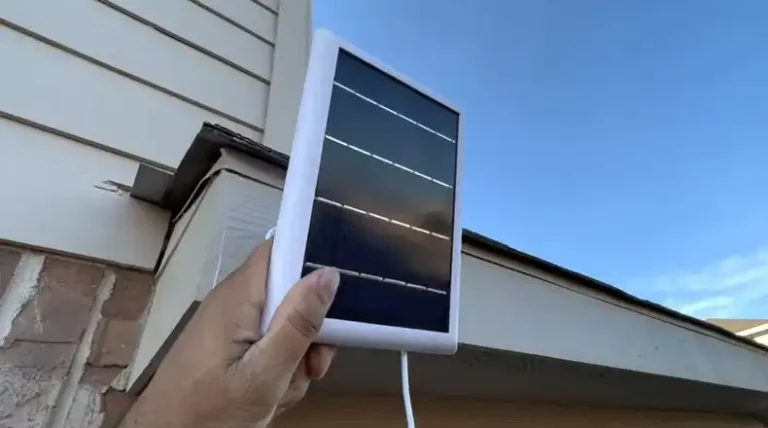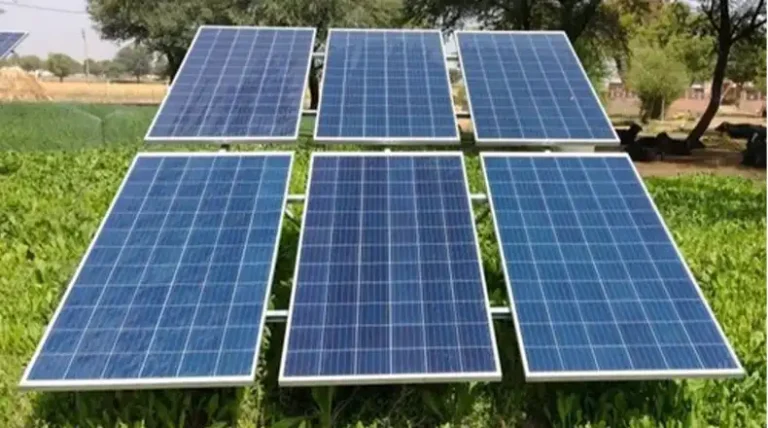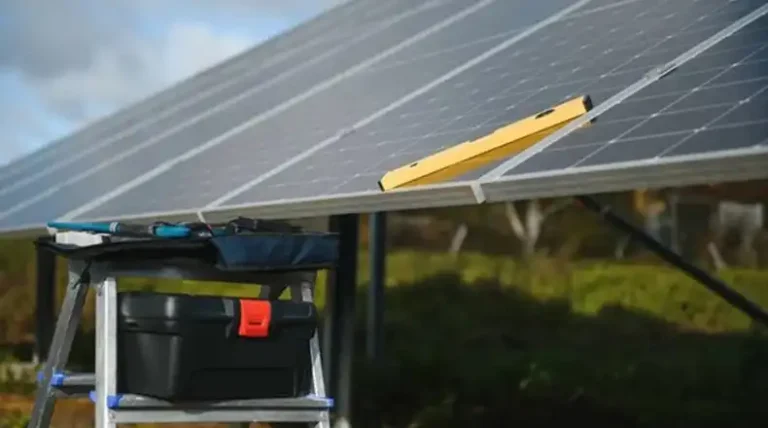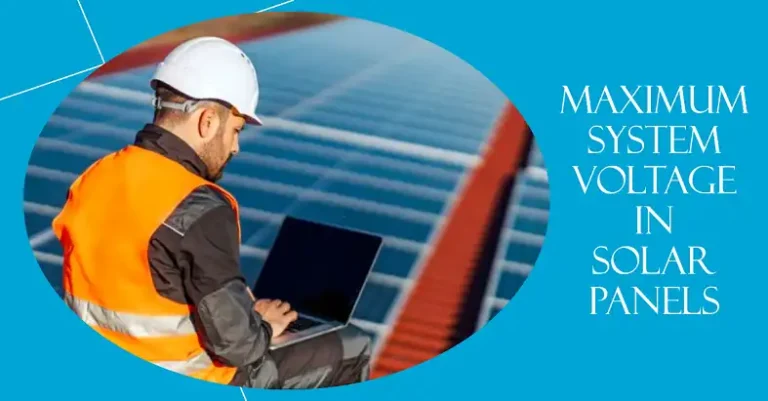How Many Solar Panels To Run A Computer?
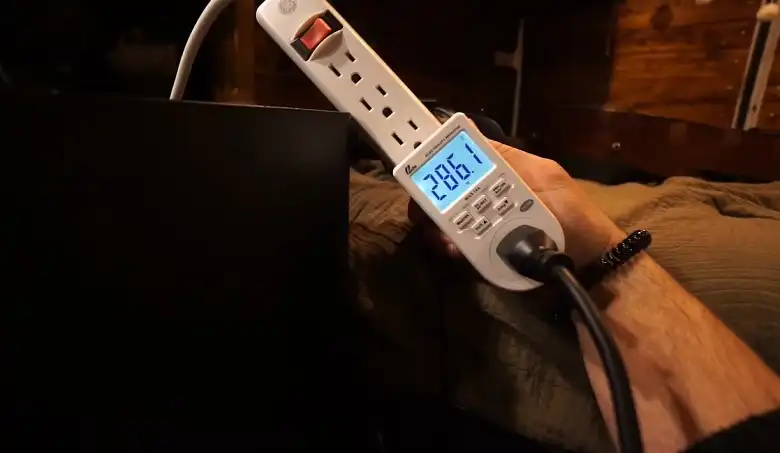
Powering your computer with solar energy is an exciting prospect for those looking to reduce their carbon footprint or set up a remote workspace. But how many solar panels do you actually need to keep your computer running smoothly?
The answer depends on several factors, including your computer’s power consumption, your location’s solar potential, and the efficiency of your solar system components. On average, a typical 500W computer would require approximately two 300-watt solar panels to meet its energy demands.
However, this is just a starting point. To determine the exact number of panels you’ll need, we’ll need to dive deeper into the specifics of your setup and location.
In this article, we’ll walk you through the process of calculating your computer’s energy needs, understanding solar panel output, and determining the right solar system size for your unique situation.
Calculating Your Computer’s Energy Consumption
Before we can determine how many solar panels you’ll need, it’s crucial to understand how much energy your computer actually consumes. This will serve as the foundation for sizing your solar system.
Determining Average Power Consumption
The first step is to look at your computer’s power supply unit (PSU). You might see a rating like 500 watts, but it’s important to note that your computer doesn’t constantly draw this maximum amount of power. On average, a computer typically uses about 65% of its PSU capacity.
Let’s break it down:
Average Power Consumption = PSU Capacity × Usage Percentage For example: 500 watts × 0.65 = 325 watts
This gives us a more realistic estimate of your computer’s power needs during regular use.
Calculating Daily And Monthly Energy Usage
Now that we know the average power consumption, we can calculate how much energy your computer uses over time. This depends on how many hours you use your computer each day.
Daily Energy Usage = Average Power Consumption × Hours Used Per Day
For instance, if you use your computer for 5 hours a day: 325 watts × 5 hours = 1,625 watt-hours or 1.625 kilowatt-hours (kWh)
To get a monthly overview, simply multiply this by the number of days in the month: 1.625 kWh × 30 days = 48.75 kWh/month
This monthly figure of 48.75 kWh gives us a clear picture of your computer’s energy needs, which we’ll use to size your solar system.
Understanding Solar Panel Output
Now that we know how much energy your computer consumes, let’s look at how much energy solar panels can produce.
Peak Sun Hours
Solar panels don’t produce the same amount of energy all day long. Their output depends on the intensity of sunlight, which varies throughout the day and with weather conditions. This is where the concept of “peak sun hours” comes in handy.
Peak sun hours refer to the hours when solar irradiance averages 1,000 watts per square meter. This standardized measure helps us calculate solar panel output more accurately.
To find the peak sun hours for your location, you can use tools like the NREL calculator. For example, Los Angeles, California, averages about 6.04 peak sun hours per day.
Factors Affecting Solar Panel Efficiency
Several factors can impact how much energy your solar panels actually produce:
- Geographic location: Areas closer to the equator generally receive more sunlight.
- Panel orientation: Panels facing south (in the Northern Hemisphere) typically get the most sun.
- Shading: Trees, buildings, or other obstructions can reduce panel output.
- Weather conditions: Cloudy or rainy days will decrease energy production.
- Panel efficiency: Higher quality panels convert more sunlight into electricity.
Keep these factors in mind as we move on to determining the size of your solar system.
Determining Solar System Size
With your energy needs calculated and an understanding of solar panel output, we can now size your solar system.
Calculating Theoretical System Size
To determine the theoretical size of your solar system, use this formula:
Required System Size (kW) = Monthly Energy Needs (kWh) / (Peak Sun Hours per Day × Days in Month)
Using our earlier example: Required System Size = 48.75 kWh / (6.04 × 30) = 0.27 kW or 270 watts
This means you’d need a 270-watt system to theoretically meet your computer’s energy needs.
Factoring In System Losses
However, solar systems aren’t 100% efficient. Various factors can lead to energy losses:
- Inverter efficiency (typically around 90%)
- Battery efficiency (varies by type, Li-ion ≈ 90%, Lead-acid ≈ 50-70%)
- Wiring and connection losses
- Temperature effects on panel performance
To account for these losses, it’s wise to add a 14% cushion to your system size:
Adjusted System Size = Theoretical System Size × 1.14 0.27 kW × 1.14 = 0.31 kW or 310 watts
This adjusted figure gives you a more realistic estimate of the system size you’ll need to power your computer reliably.
Choosing the Right Components
When setting up a solar system to power your computer, selecting the right components is crucial for optimal performance and efficiency. Let’s break down the key elements you’ll need to consider:
Solar Panels
Solar panels are the heart of your system, converting sunlight into usable electricity. Here are some factors to consider when choosing solar panels:
Wattage: Most residential solar panels range from 250 to 400 watts. For powering a computer, panels in the 300-watt range are often suitable.
Efficiency: Look for panels with higher efficiency ratings, as they’ll produce more power in the same amount of space.
Type: Monocrystalline panels are generally more efficient but also more expensive. Polycrystalline panels are a more budget-friendly option but slightly less efficient.
Size and space: Consider the available space you have for panel installation, whether it’s on a roof, in a yard, or on a portable setup.
Batteries
Batteries are essential for storing excess energy produced during peak sunlight hours and providing power when the sun isn’t shining. Here’s what to look for:
Capacity: Battery capacity is measured in amp-hours (Ah). For a computer setup, you’ll want enough capacity to power your system through non-sunlight hours.
Type: Lithium-ion batteries are popular due to their efficiency and long lifespan, but they’re more expensive. Lead-acid batteries (like AGM or deep-cycle) are more affordable but have shorter lifespans and lower efficiency.
Depth of discharge: This refers to how much of the battery’s capacity can be used before recharging. Lithium-ion batteries typically allow for deeper discharge than lead-acid batteries.
Voltage: Ensure the battery voltage matches your system requirements, typically 12V or 24V for smaller setups.
Inverters
Inverters convert the DC power from your solar panels and batteries into AC power that your computer can use. Consider these factors:
Type: Pure sine wave inverters are best for sensitive electronics like computers, providing clean, stable power.
Capacity: Choose an inverter that can handle the maximum power draw of your computer and any additional devices you plan to power.
Efficiency: Look for inverters with high efficiency ratings to minimize power loss during conversion.
Features: Some inverters come with built-in charge controllers or monitoring systems, which can simplify your setup.
When selecting these components, it’s important to ensure they’re compatible with each other and suited to your specific needs. For example, if you’re using two 300-watt solar panels, you’ll need an inverter that can handle at least 600 watts of input power.
Alternative Solutions
Before investing in a full solar panel setup, it’s worth considering some alternative solutions that might be more cost-effective or practical for your situation.
Using A Laptop Instead Of A Desktop
One of the simplest ways to reduce your power requirements is to switch from a desktop computer to a laptop.
Laptops are generally much more energy-efficient than desktop computers. While a typical desktop might consume 300-500W, most laptops use only 30-100W, depending on the model and usage.
Using a laptop can significantly reduce the size and cost of the solar system you’ll need. For example, a 100-watt solar panel could be sufficient to run a laptop, compared to the multiple panels needed for a desktop setup.
Remote Desktop Options
If you need the power of a desktop but want to reduce your energy consumption in your remote location, consider using remote desktop software.
This approach allows you to keep your main desktop computer at home or in an office where it’s connected to the grid, while you use a low-power device like a laptop or tablet to access it remotely.
Here’s how it works:
- Leave your powerful desktop PC plugged in at home or in the office.
- Use a laptop or tablet in your remote location.
- Connect to your desktop PC using remote desktop software over a network connection.
- Enjoy the full power of your desktop while only consuming the energy needed to run your laptop or tablet.
This solution can be particularly useful if you need to use resource-intensive software or if you’re dealing with corporate VPN restrictions that might make it difficult to transfer your entire setup to a remote location.
Cost Considerations
When considering a solar setup to power your computer, it’s important to weigh the initial investment against the long-term savings. Here’s a breakdown of the costs involved and the potential financial benefits:
Initial Investment
The initial cost of a solar power system includes several key components:
- Solar Panels: The price of solar panels can vary depending on their wattage, efficiency, and brand. As of 2024, you can expect to pay around £200-£350 per 300-watt panel. For a setup requiring two panels, the cost would range from £400-£700.
- Batteries: The cost of batteries also varies widely depending on their type and capacity. Lithium-ion batteries are more expensive, typically ranging from £500-£1,000 per unit. Lead-acid batteries are cheaper but less efficient, costing around £100-£300 per unit.
- Inverters: A high-quality pure sine wave inverter suitable for running a computer can cost between £150-£300. This component ensures your computer receives clean and stable power.
- Miscellaneous Components: Additional costs include mounting hardware, wiring, and possibly a charge controller if it’s not integrated into the inverter. These can add another £100-£200 to your total.
- Installation: If you’re hiring a professional to install your solar system, labour costs will also be a factor. Installation fees can range from £300-£1,000, depending on the complexity of the setup and your location.
Long-Term Savings
While the upfront costs of a solar system can be significant, it’s important to consider the long-term savings:
- Electricity Savings: By powering your computer with solar energy, you’ll reduce or eliminate the electricity costs associated with running your computer. Depending on your local electricity rates and usage, this could save you anywhere from £50-£150 annually.
- Increased Lifespan of Equipment: Solar power systems, especially when paired with high-quality inverters, can provide a stable power supply, which may extend the lifespan of your computer and other sensitive electronics.
- Energy Independence: Investing in solar power gives you energy independence, particularly valuable in remote locations or areas with unreliable grid power. This can be a significant benefit if you’re working in a location prone to power outages.
- Environmental Benefits: While not a direct financial saving, the environmental impact of switching to renewable energy is a significant long-term benefit. Reducing your carbon footprint contributes to a healthier planet, which is invaluable.
Conclusion
Setting up a solar power system to run your computer is not only an environmentally friendly choice but also a step towards energy independence and potentially lower energy costs.
By carefully calculating your computer’s energy needs, understanding solar panel output, and choosing the right components, you can design a solar system that meets your specific requirements.
While the initial investment might seem substantial, the long-term benefits—both financial and environmental—make it a worthwhile consideration, especially if you’re planning to work remotely or in an area with limited access to grid power.
Moreover, with alternative solutions like using a laptop or remote desktop options, you can further reduce your energy needs and system costs.

